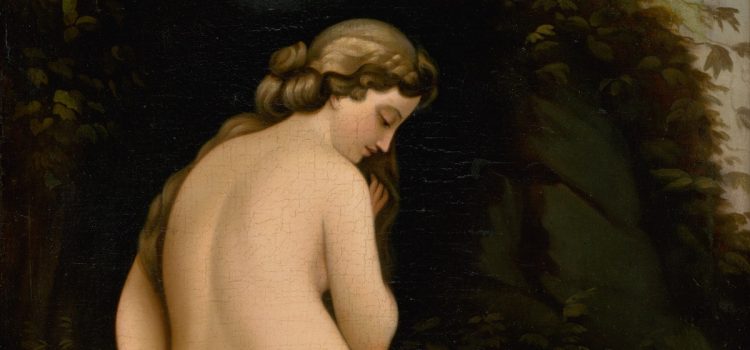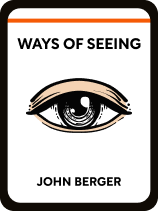

This article is an excerpt from the Shortform book guide to "Ways of Seeing" by John Berger. Shortform has the world's best summaries and analyses of books you should be reading.
Like this article? Sign up for a free trial here .
What is the difference between nude and naked when it comes to art? What deeper meanings do nudity and nakedness symbolize?
Not all naked paintings are nudes. According to art critic John Berger, to be naked is to be yourself and to be seen by others for who you are—it’s vulnerability and honesty. To be nude, on the other hand, is to hide oneself and be seen by others as an object—usually for sexual fantasy.
Keep reading to learn about three key distinctions between nude and naked.
The Difference Between Nude and Naked in Art
What is the difference between nude and naked in art? According to Berger, there are three primary distinctions between nude and naked that you can visually see in an image:
- The nude is conventionally attractive—the woman’s body is depicted in a way that satisfies man’s desire in a given time period. Nakedness will display “flaws” by conventional standards.
- The nude is present for the purpose of being viewed—she is visibly aware that she is the object of a man’s attention, evident by her eyeline and/or body positioning. Nakedness contains no exhibitionism or voyeurism. The woman is simply living her life as anyone would, which occasionally requires being naked.
- The nude is passive and still—often portrayed lying down in the supine position, the nude is inanimate, just as an object would be. Her face is placid or coy. Nakedness is portrayed using motion and expression—a towel slipping, a woman moving lustfully or appearing surprised, are examples that show that she’s a living human.
A central difference between nudes and naked paintings relates to Berger’s discussion of perspective. The “owner-spectator” of a nude is expected and entitled to be ogling at the woman, because she is his property. The viewer of a “naked” painting, on the other hand, is intrusive, or at the very least a surprise. The woman belongs to no one and isn’t posing for the viewer.
Consider the following examples of nude versus naked paintings.
Nude
ODALISQUE WITH SLAVE BY INGRES
The woman is lying in a supine position with her body presented to the spectator. The position is unnatural yet she is motionless like an object. Her facial expression is blank. Her skin and the contour of her body are flawless and statuesque.
VENUS AND THE LUTE PLAYER BY TITIAN 1565-70
The description of Odalisque With Slave can be directly applied here, with the addition of a male admirer to whom the woman pays no attention.
Naked
HELENE FOURMENT IN A FUR COAT BY RUBENS
The woman is looking at the spectator, but her body is not positioned as a presentation to him. She is covering herself as her towel slips, showing lifelike motion and modesty. Her facial expression is neither placid nor coy and could be interpreted as showing affection or familiarity. Her legs display realistic cellulite rather than the smoothness of a marble statue.
DANAE BY REMBRANDT 1606-1669
The motion and expression of this woman is enough to render it a naked painting and not a nude. Though her body faces the spectator, there is no indication that her attention is on him. She gestures to the side as if speaking to someone, something an object would not do. Her exposure appears to be an intrusion rather than an intentional display.
When speaking in terms of percentage, Berger explains that nudes are common in European oil paintings, and nakedness is rare. He infers that the rarity exists because the image of a naked woman that doesn’t “belong” to the spectator-owner is not marketable. Rather, these paintings were done by the painter not to present merchandise to a buyer, but to simply highlight the beauty of the naked form as well as the complexity of the woman. For these reasons, Berger says “naked” paintings should be considered exceptions to (not examples of) the European oil painting tradition.
(Shortform note: Sir Kenneth Clarke, Berger’s primary adversary, argues that to be naked is to be without clothes and to feel exposed or embarrassed because of it. It’s a vulnerable state of being. To be nude, he says, is intentional and comfortable. A nude represents a particular society’s ideal figure. This means that a nude in one country or one time period will be different than that of another.)

———End of Preview———
Like what you just read? Read the rest of the world's best book summary and analysis of John Berger's "Ways of Seeing" at Shortform .
Here's what you'll find in our full Ways of Seeing summary :
- Why we don't need experts to "translate" works of art for us
- How the dominant class uses art and art criticism to “mystify” the working class
- How our experiences and beliefs influence what we see






